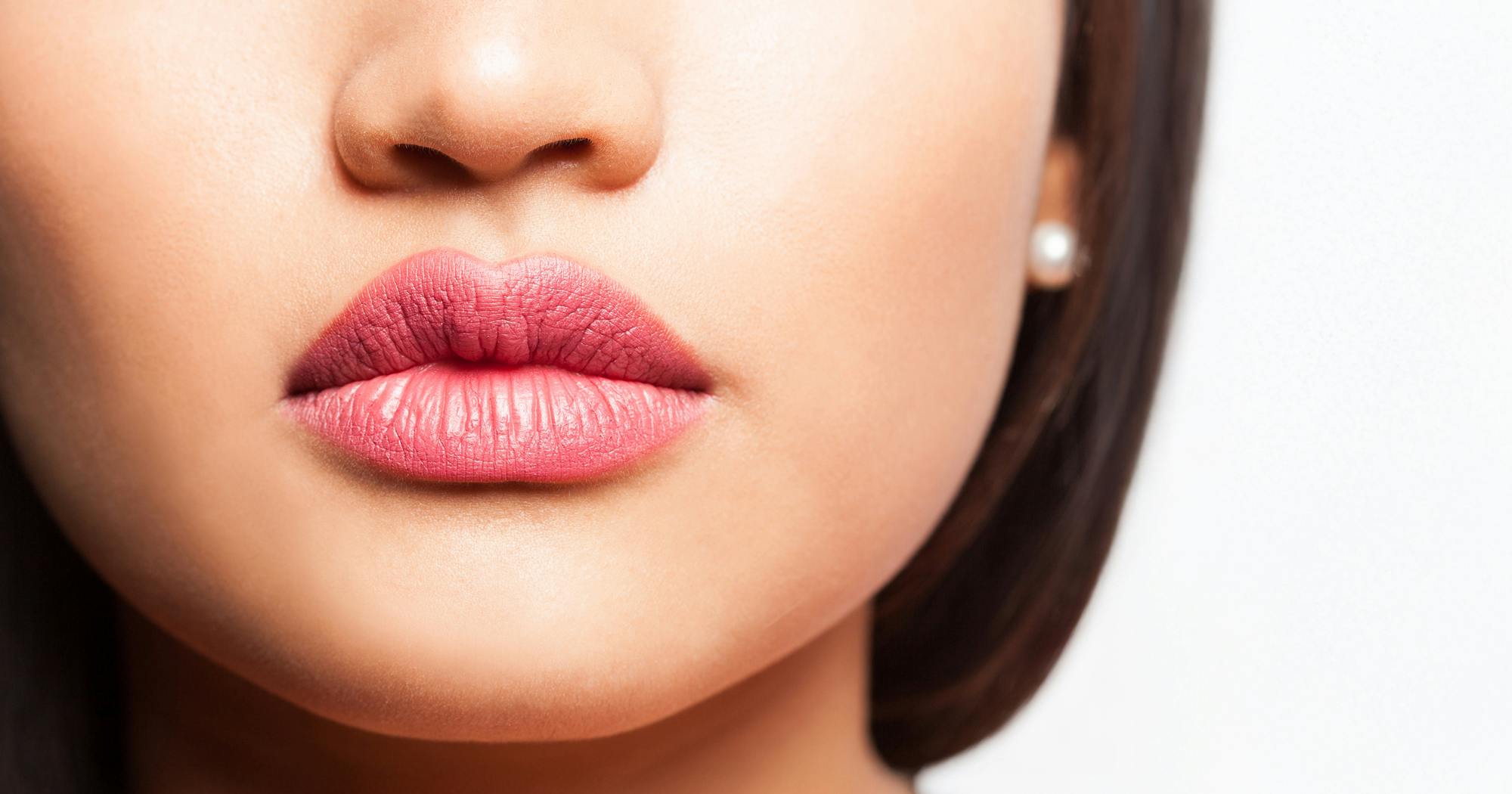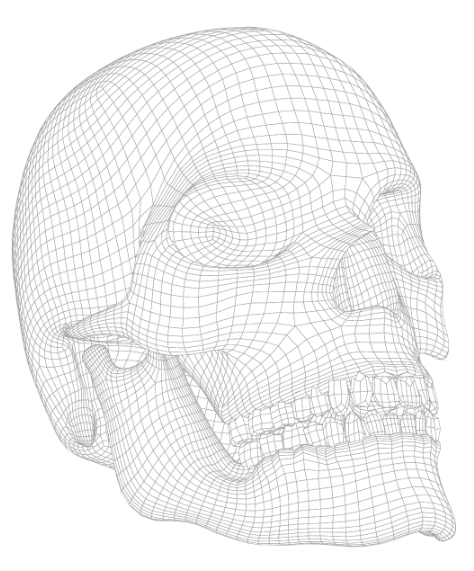
The most frequently targeted facial regions with soft tissue fillers are the nasolabial folds, the cheeks and the lips. While the nasolabial folds and the cheeks are regions that are affected by the facial aging process, the lips are very often requested in young patients that need a slight touchup of their volume or of their contouring.
This treatment approach is different when compared to a facial age-related treatment because it must factor in that no signs of facial aging are present as of now; this means that no major volume loss, tissue laxity, or soft tissue descend has occurred.
But instead, only minor correction of the individual anatomy is desired to achieve a beautiful outcome but keeping the natural lip aesthetic; this does not mean lips cannot be affected by facial aging, it simply indicates that for an aesthetic treatment provider, two different routes exist when addressing lips: non-age related (most frequent) and age-related approach.
If, however, the lips are affected by facial aging, the clinical signs include perioral lines, upper-lip elongation, vermilion thinning and inversion, lip flattening, and generalized loss of labial and perioral volume.
I am sure we all can agree that lips have a very special meaning and connotation when compared to other facial regions. Lips are a symbol of attractiveness, sensuality, sexuality, and femininity; all attributes that cannot be found for a temple or a forehead.
But why is this the case?
The most plausible answer can be found when we look into the animal world and try to find similarities for explanatory models. In birds for instance, mother birds regurgitate the food chewed earlier and give the food via mouth-to-mouth feeding to the hatchlings. The hatchlings learn that something good and very important for survival comes from the mouth of another animal.
In some tribes, babies are fed by their mothers by having chewed food being delivered to the baby coming from the mouth; in this way it is learned that survival relevant goods (= food) are related to the mouth and also to the lips. This mouth-to-mouth contact is most likely the reason why kissing in humans is an expression of affection, romance, and connection, as it simulates a process associated with care and connection.
The lips in humans are different than in other animals: they are red, they are voluminous, and they are covered by mucosa (dry mucosa) and not by regular hair-bearing skin. These features have developed according to current theories because of their needs in inter-individual communication:
The above features increase the attention toward this specific facial region which allows for non-verbal communication and increased attraction. Interestingly, these two features (red color and increased volume) are emphasized by females since ancient times by the use of red lipstick (= increase in color contrast) and by increasing lip volume (= pouting facial expression, biting lips to achieve a temporary swelling, or by the use of labial implants and soft tissue filler injections).
Enhancing the above two features increases the perception of femininity and sensuality. Interestingly, a scientific study investigated this aspect in a social experiment in which the tipping behavior of male and female customers was compared between female waitresses with and without lipstick makeup. The results showed that waitresses wearing lipstick received tips more often, and when a tip was given, the amount was larger compared to waitresses without lipstick. Female customers were not affected by the “lipstick effect”.
This described social experiment confirmed that changes of the lip color and volume can change the behavior in males, which provides great cues for the effects and functions of lips.
Embryologically, lips develop from the first and second pharyngeal arch which is why the sensory innervation of the lips comes from the infraorbital and mental nerves (CN V) whereas the motor function is provided by the facial nerve (CN VII). During embryonic development, muscle precursor cells migrate to the region surrounding the stomodeum, settle into position, and are followed shortly afterward by the arrival of vessel precursor cells. This is why the labial arteries can assume three different locations: deep to the muscle, inside the muscle, and superficial to the muscle.
The lower lip develops in full from the bilateral mandibular processes which fuse in the midline; a visible remnant of this fusion is the bony mandibular symphysis and the fact that the mentalis muscle originates as two separate bellies from the paramedian plane.
The upper lip develops from three different segments: the central portion develops from the frontal process and the intermaxillary process which become later the philtrum. The lip regions lateral to the philtrum develop from the bilateral maxillary process which grow towards the midline and fuse with the intermaxillary segment in the paramedian plane. Non-fusion of the maxillary and of the intermaxillary process can cause cleft lips, which is a paramedian and not a median event. The area of fusion in which the orbicularis oris muscle overlaps with other parts including the overlying soft tissues giving rise to the philtral ridges.
A recent cadaveric study has revealed that lips contain compartments which separate different segments of the lip into separate spaces. There are a total of 24 compartments of which 12 are located anterior and 12 are located posterior to the orbicularis oris muscle. Of the 12 anterior/posterior compartments, 6 are locate din the upper lip and 6 are located in the lower lip. These compartments are (per side): medial, middle and lateral intralabial compartment of the upper/lower lip.
The understanding that lips have compartments re-writes minimally invasive labial treatments especially when using soft tissue fillers. The volume of each individual compartment determines in conjunct with the other compartments the shape and the aesthetic appearance of the lips. Therefore, respecting the individual volume of each compartment is the key for natural aesthetic outcomes. This can be achieved with a vertical needle injection but also with a retrograde micro-bolus cannula injection technique. Which one is used depends on the clinical presentation. But re-creating the natural lip shape thereby maintaining or improving the perioral proportions is crucial for a superior aesthetic outcome. The old outcomes of overfilled lips (= sausage lips, duck lips, banana lips, etc.) should be avoided moving into the aesthetic future.

Become part of our community and receive news, special offers and information about Cotofana Anatomy’s products and services.
Copyright © 2025, Cotofana Anatomy. All rights reserved.